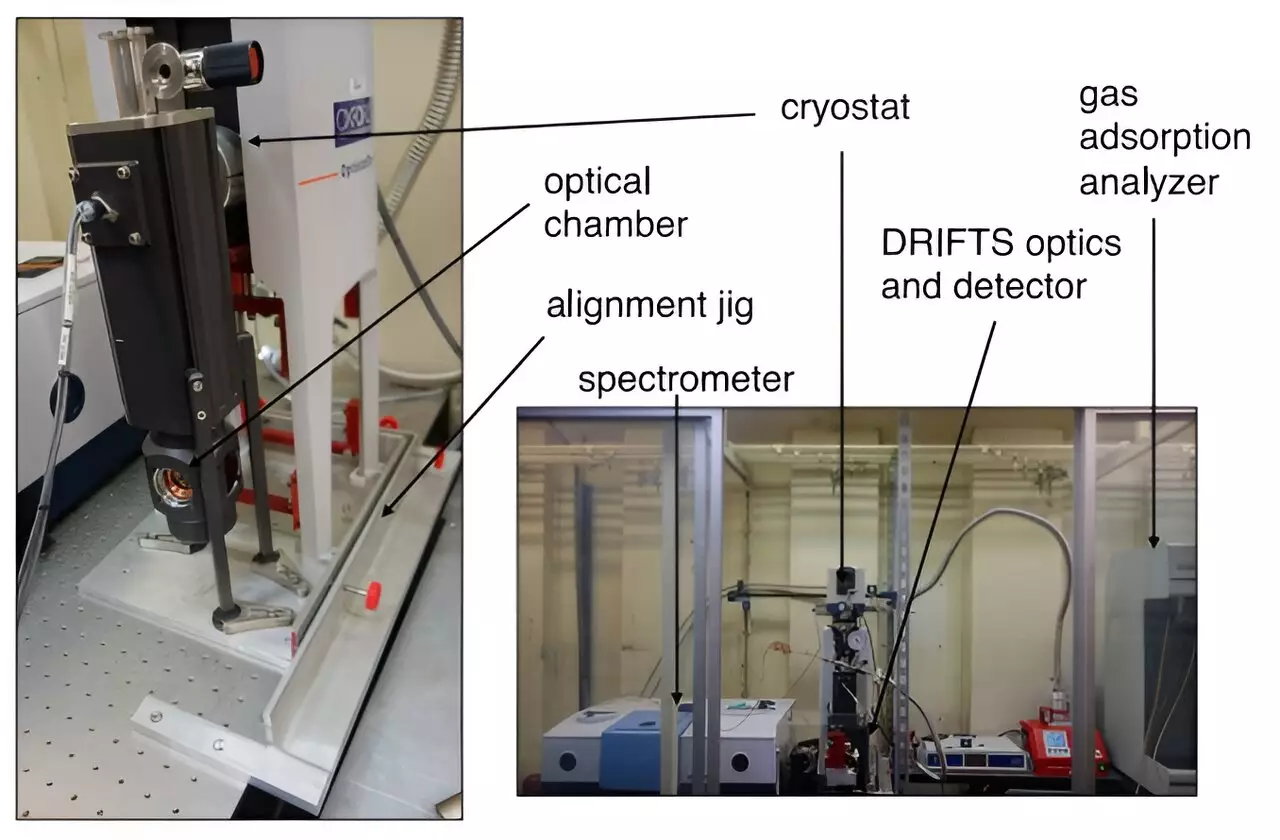Natural gas, comprised of methane and ethane, is a major contributor to greenhouse gas emissions. These gases are continuously released from natural gas wells into the atmosphere and are more potent greenhouse gases than carbon dioxide (CO2). Additionally, storing these gases is more challenging compared to their corresponding alcohols, such as methanol and ethanol. Unfortunately, the cost of building and operating large-scale facilities for transforming natural gas makes it impractical for smaller wells. Consequently, there is a pressing need for cost-effective and sustainable technologies to mitigate these emissions.
In a groundbreaking development, scientists have successfully addressed this environmental challenge by developing a new catalyst to control natural gas emissions. The research team, led by Prof. Jeffrey R. Long at UC Berkeley in collaboration with researchers from Mülheim Max Planck Institutes, has published their findings in the prestigious journal, Science. Their work draws inspiration from enzymes found in nature that can activate dioxygen for selective hydrocarbon oxygenation reactions. Specifically, they focused on α-ketoglutarate dependent dioxygenases, a class of non-heme iron-containing enzymes. These enzymes utilize α-keto acids as co-substrates to cleave the oxygen-oxygen bond of dioxygen and produce reactive iron-oxo species that can directly oxygenate abundant C-H bonds, yielding the corresponding alcohols.
The international research team successfully mimicked the functionality of these enzymes in a heterogeneous catalyst material, designed for solid-gas reactions. This material belongs to a class of compounds known as metal-organic frameworks (MOFs). MOFs are crystalline porous materials composed of organic linkers and metal ions or cluster nodes, offering large surface areas and high chemical tunability. This unique structural characteristic allows for the precise tailoring of new heterogeneous catalysts. The newly developed MOFs exhibit catalytic hydrocarbon oxygenation capabilities at near ambient temperatures, mirroring the reactivity of enzymes.
At the Mülheim Chemistry Campus, researchers focused on understanding the reactive intermediate formed when the starting MOF and O2 come into contact, which leads to the production of high-valent iron-oxo species. The nature of the material enabled the site-isolation of this intermediate, allowing for in-depth study using state-of-the-art spectroscopic techniques. Variable-temperature variable-field Mössbauer spectroscopy and Fe Kβ X-ray emission spectroscopy were employed, with data collected at the PINK X-ray beamline at BESSY II at the Helmholtz-Zentrum Berlin für Materialien und Energie. In conjunction with advanced computational methods, these analyses confirmed the structural and electronic similarities of the intermediate with TauD-J, the reactive iron-oxo species formed in natural enzyme systems. Notably, this represents the first non-enzymatic system capable of oxidizing light hydrocarbons with dioxygen, comparable to the reactivity observed in metalloenzymes, thanks to the fully characterized high-spin iron-oxo intermediate.
The development of this new catalyst marks a significant step towards addressing the environmental challenges posed by natural gas emissions. By enabling the direct oxidation of hydrocarbons with abundant O2 at near ambient temperatures, this breakthrough paves the way for the creation of new green technologies for hydrocarbon valorization. The cost-effectiveness and benign nature of this catalyst make it a highly sought-after solution for reducing greenhouse gas emissions associated with natural gas wells. Furthermore, the utilization of metal-organic frameworks demonstrates the potential of tailored heterogeneous catalysts for the transformation of natural gas.
While this research offers promising results, further studies are necessary to optimize the performance and scalability of the catalyst. Additionally, efforts should be made to explore its applicability in industrial settings and evaluate its long-term stability. As scientists continue to develop innovative solutions to combat climate change and reduce environmental impact, this breakthrough in controlling natural gas emissions represents a significant advancement towards achieving a sustainable future. The research consortium’s collaboration across international borders highlights the importance of global cooperation in addressing pressing environmental challenges. With continued advancements in green technologies, there is hope for a cleaner and healthier planet.


Leave a Reply